|
Invasive alien species are a major problem today and the main challenge for biodiversity conservation in the 21st century. They have a negative impact on human health, causing major economic losses and also major environmental changes. Day by day, people become more aware of the problems and consequences because they feel them on their own skin. What is the most effective solution for the invasive alien species eradication? What can professionals and locals do to combat invasive species? Those were just some of the issues discussed on a study trip to Hungary in search of good practice examples.
Members of the SavaParks Network visited two national parks in Hungary - Kiskunság and Körös-Maros, whose managers have years of experience in combating invasive alien plants. They had the opportunity to hear how their Hungarian counterparts confront the issue of invasiveness and to see the treated areas and the different methods they apply - from chemical to mechanical. In Kiskunság National Park, a chemical treatment method has been applied, which has proven to be the most effective, but it should not be used in floodplains area due to possible pollution of watercourses and drinking water. In such areas, such as Körös-Maros National Park, the most effective method has proven to be the combination of mechanical removal by mulching, mowing and grazing.
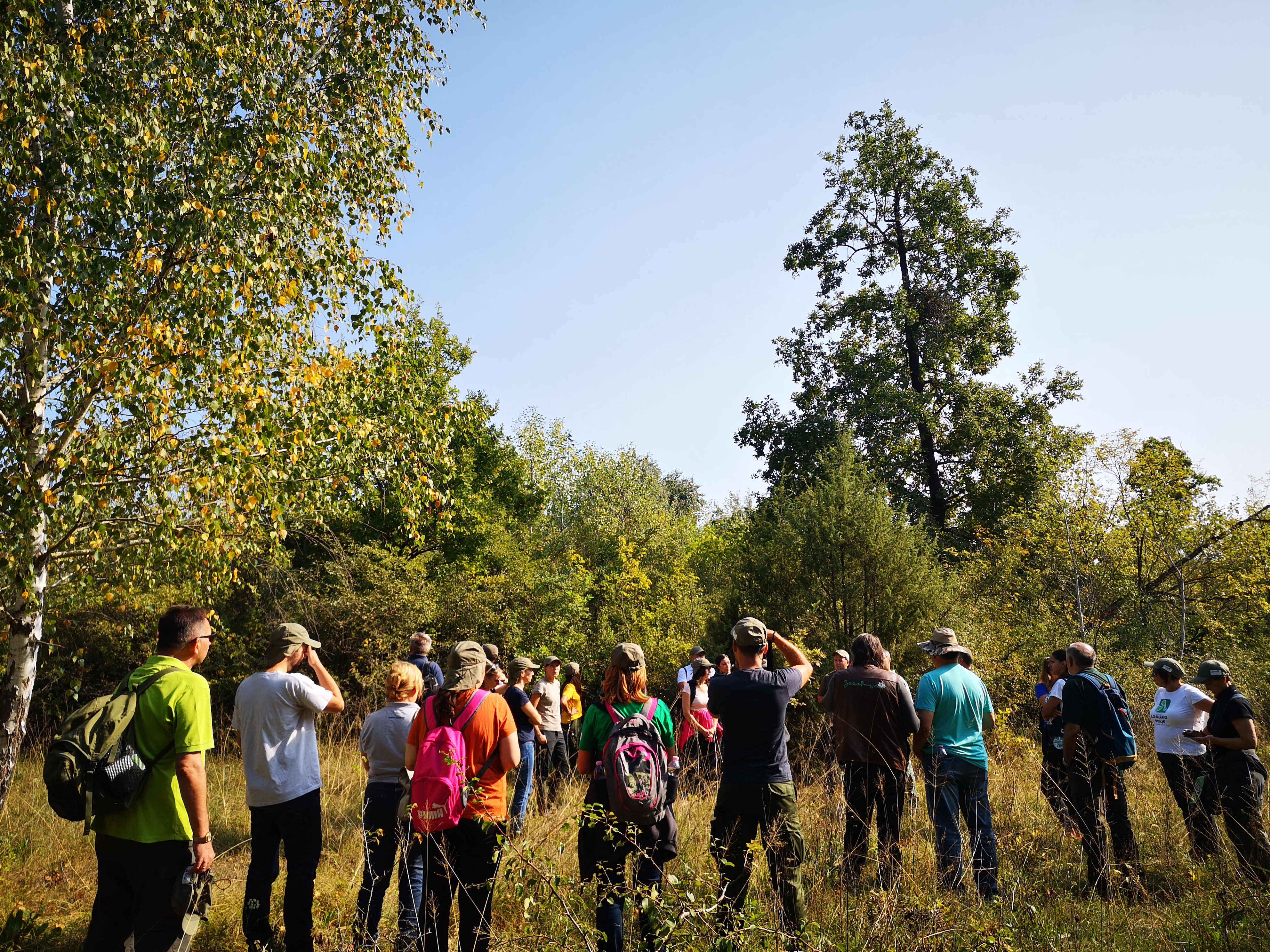 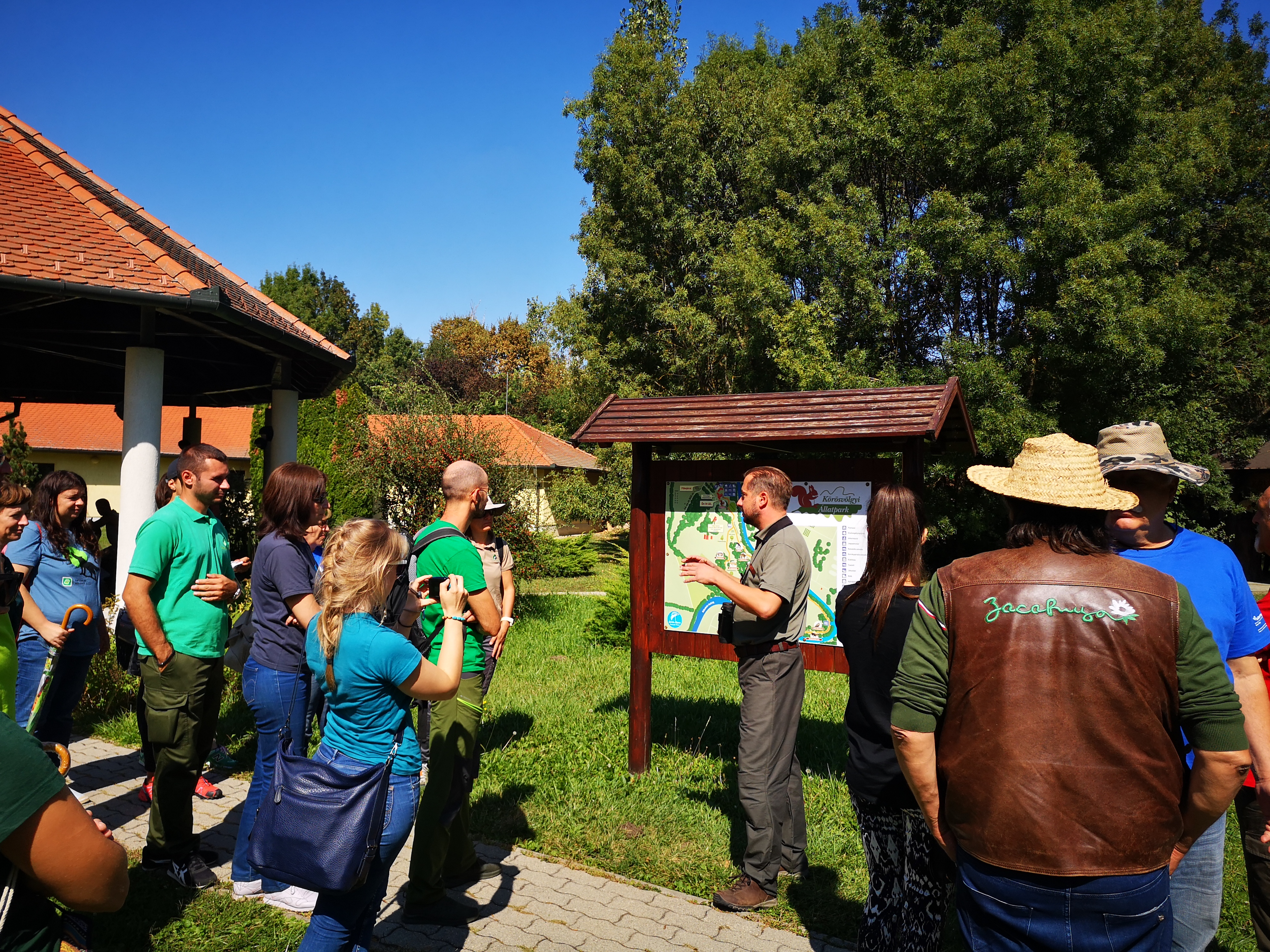
Hungarian colleagues have been battling invasive species for over ten years, investing millions of euros in combating them, and even have intervention teams in charge of removing and monitoring. Despite all the efforts and finances, it is almost impossible to permanently remove such species due to the spread of seeds from areas outside the boundaries of the national park. Only good management can prevent them from spreading to new areas and control growth in already affected areas, which takes a lot of time and money. In this "invasive story", education of all generations, especially decision-makers and locals, is the most important in raising awareness about the topic of invasive alien species.
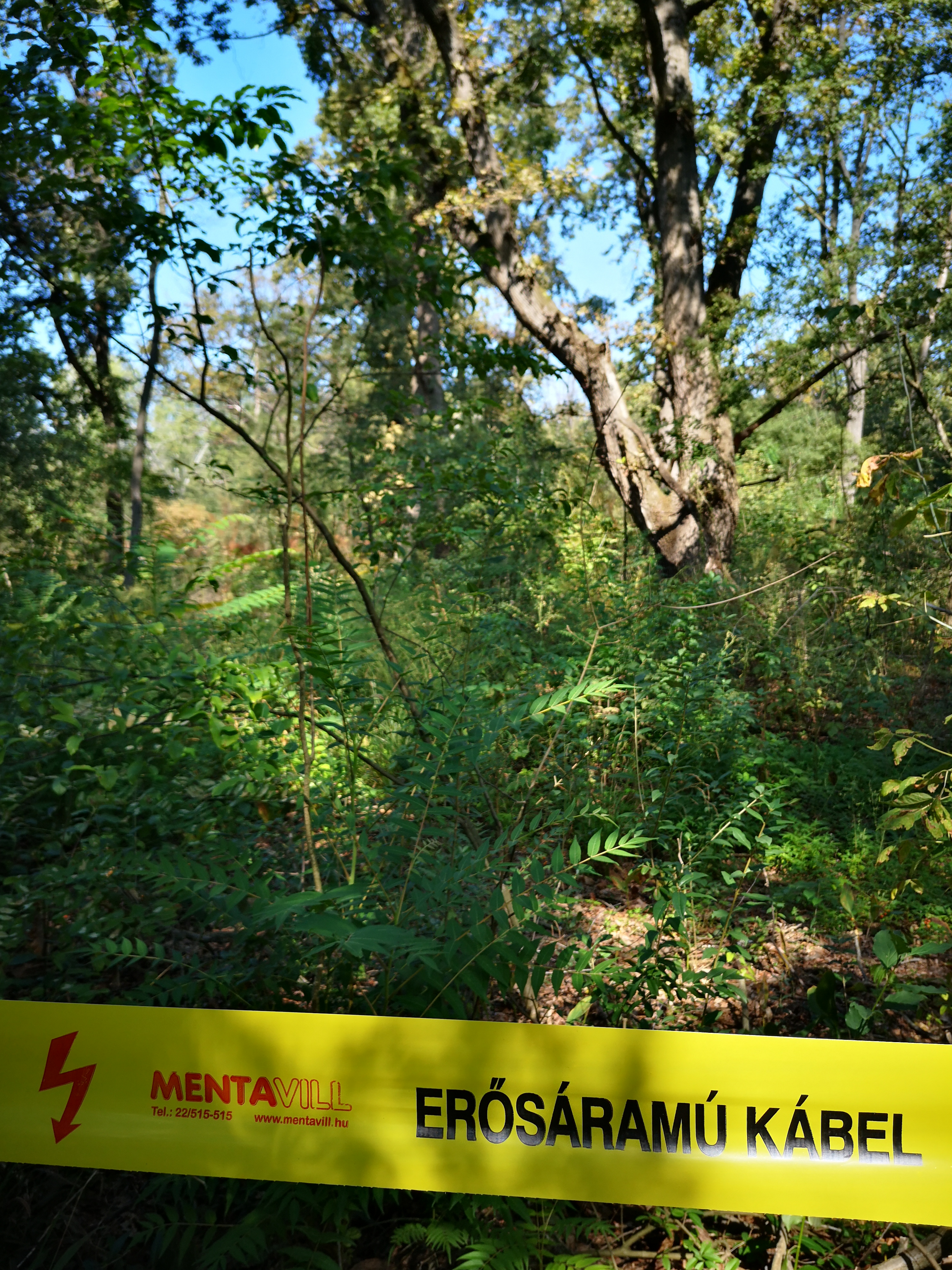 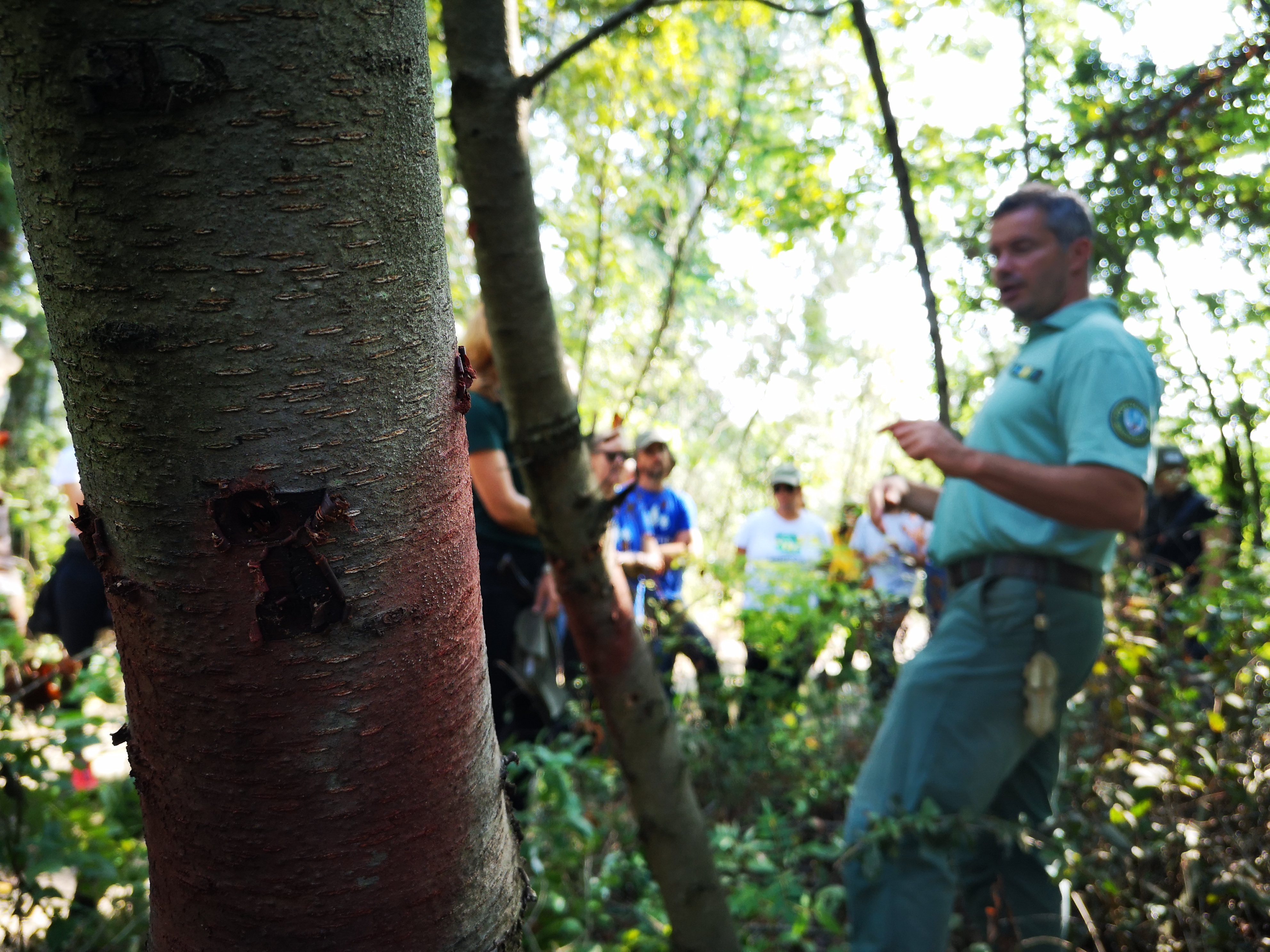
Europe is heavily investing in efforts to combat invasive alien species. Unfortunately, for the time being, the success of these measures is not effective enough to remove them from nature, and experts predict that permanent eradication is impossible to achieve.
This study trip was organized as part of the project “Preserving Sava River Basin Habitats through Transnational Management of Invasive Alien Species ”- Sava TIES. The aim of the Sava TIES project is to find an effective solution for the eradication and suppression of invasive alien plant species in the Sava River Basin. Experiences of the Hungarian colleagues and the newly acquired knowledge surely will contribute to the preservation of our nature and healthy environment.
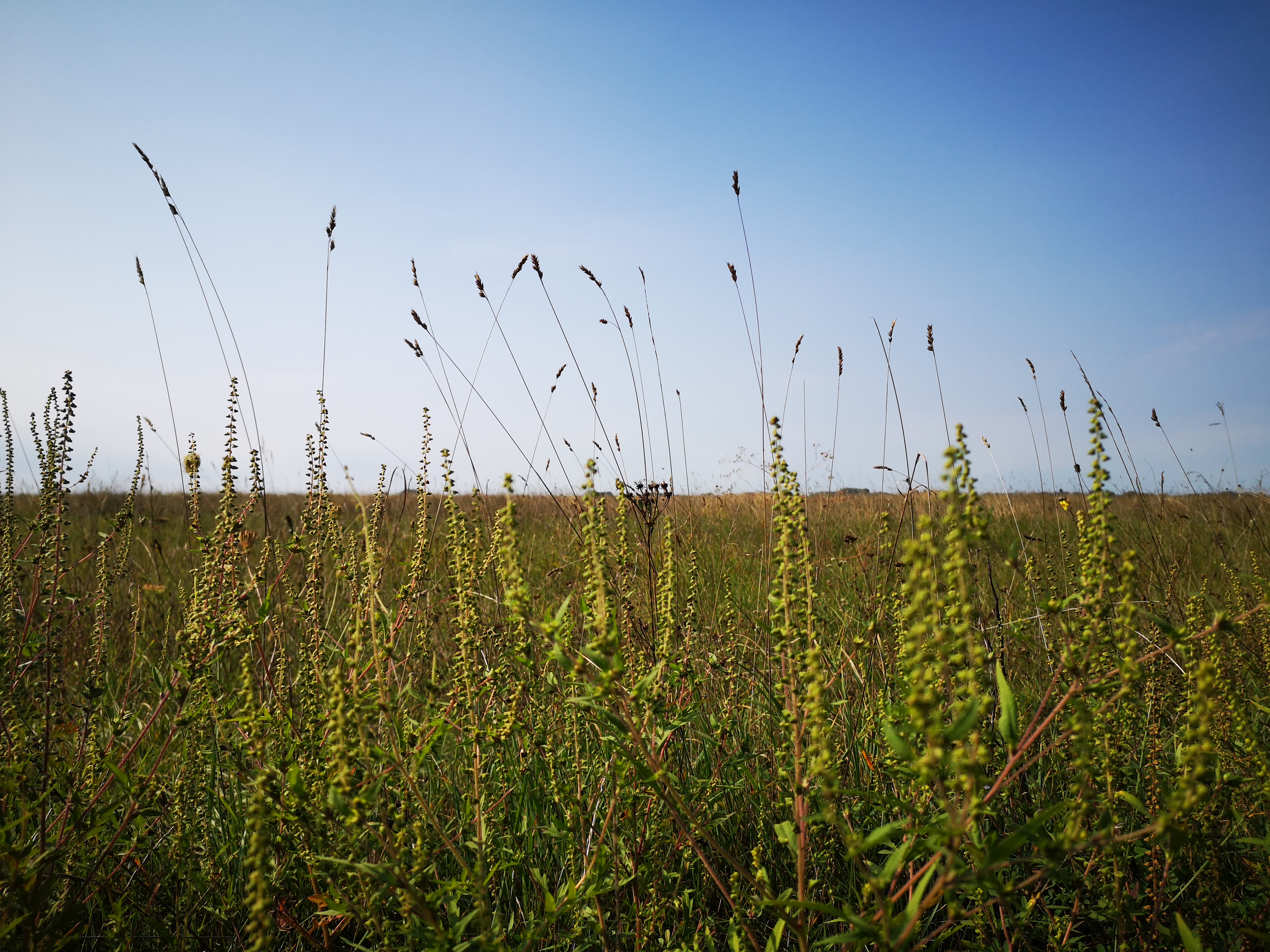
News in national languages:
Croatia - Green Ring or Lonjsko Polje Nature Park Public Institution
Slovenia - Public Institution Ljubljansko barje Nature Park
Bosnia and Herzegovina - Center for Environment or Public Company National Park "Una"
Serbia - Institute for Nature Conservation of Vojvodina Province or Nature Conservation Movement Sremska Mitrovica or Public Enterprise „Vojvodinašume“
Germany - EuroNatur
|
